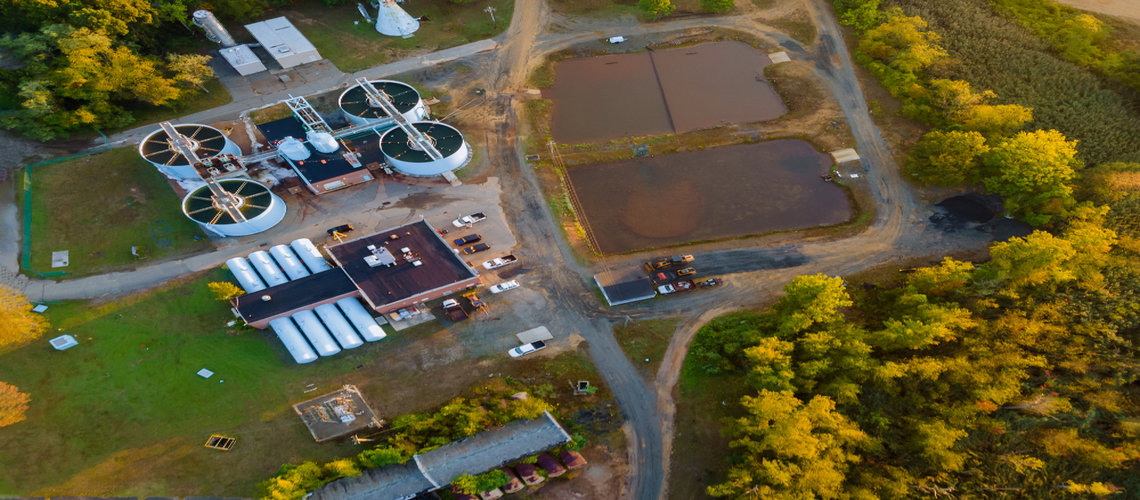Key Components of a Battery Energy Storage System & How They Work

When we think of renewable energy, we often wonder how it can provide uninterrupted power when the sun isn’t shining or the wind isn’t blowing. Well, that’s where a battery energy storage system (BESS) comes into play. As India begins its transition to green energy, companies like Jindal India Renewable Energy Limited are investing in technologies like BESS to advance renewable power in India.
But what is a battery storage system? A well-designed battery storage system helps ensure a steady electricity supply by storing renewable energy, reducing dependence on fossil fuels, and stabilising power grids. But what exactly makes up a BESS, and how does it function? Let’s break down the key components of a battery energy storage system and explain how they work.
1. Battery Packs
At the core of every battery energy storage system are the battery cells or packs. They store electrical energy in chemical form and release it when needed. The most common types of batteries used in storage systems include:
Lithium-ion batteries: Popular due to their high efficiency, long lifespan, and ability to handle multiple charge cycles.
Lead-acid batteries: A cost-effective option but they have a shorter lifespan and lower energy density.
Flow batteries: Ideal for large-scale storage as they offer long-duration discharge and deep cycling capabilities.
Each battery type has its own advantages, but lithium-ion technology dominates due to its efficiency and scalability.
2. Battery Management System (BMS)
A Battery Management System (BMS) acts as the control centre, ensuring the safe and efficient operation of the battery packs. It monitors key parameters such as:
Voltage and current levels: Prevents overcharging or deep discharging, which can damage the battery.
Temperature: Regulates heating and cooling to maintain performance and safety.
State of charge (SOC) & state of health (SOH): Helps determine the available energy and overall battery condition.
Without a BMS, a battery storage system could overheat, degrade faster or even become a safety hazard.
3. Power Conversion System (PCS)
The Power Conversion System (PCS) converts energy between different forms to ensure compatibility with the grid or electrical loads. It includes:
Inverters: Convert stored DC (direct current) energy into AC (alternating current) for use in homes and businesses
Rectifiers: Convert AC power from the grid into DC power to charge the batteries. Charge controllers: Regulate charging and discharging to optimise battery life and efficiency.
By managing the flow of electricity, the PCS ensures that power is delivered where and when it’s needed most.
4. Energy Management System (EMS)
An Energy Management System (EMS) oversees the entire battery energy storage system, making real-time decisions on energy flow. It helps:
Optimise energy usage: Decides when to store energy and when to release it based on demand.
Improve grid stability: Supports power balancing by supplying stored energy during peak hours. Integrate renewable sources: Works alongside solar or wind power systems to enhance energy efficiency.
With the growing adoption of renewable power in India, EMS technology is becoming more sophisticated, using AI and data analytics for smarter energy decisions.
5. Thermal Management System
Heat is a major enemy of a battery storage system as excessive temperatures can degrade performance and lead to safety risks. The Thermal Management System ensures batteries stay within an optimal temperature range through:
Air cooling: Using fans or ventilation to dissipate heat
Liquid cooling: Circulating coolant around battery cells to regulate temperature.
Phase change materials: Absorbing and releasing heat to maintain stable temperatures.
By managing heat effectively, this system enhances battery lifespan and operational safety.
Closing Thoughts
A battery energy storage system is more than just a collection of batteries; it’s a well-designed setup that makes energy more reliable and sustainable. From the core battery packs to the intelligent Energy Management System, each component plays a critical role in ensuring efficiency and safety. Companies like Jindal India Renewable Energy Limited are investing in battery storage systems in India to make green energy more accessible.